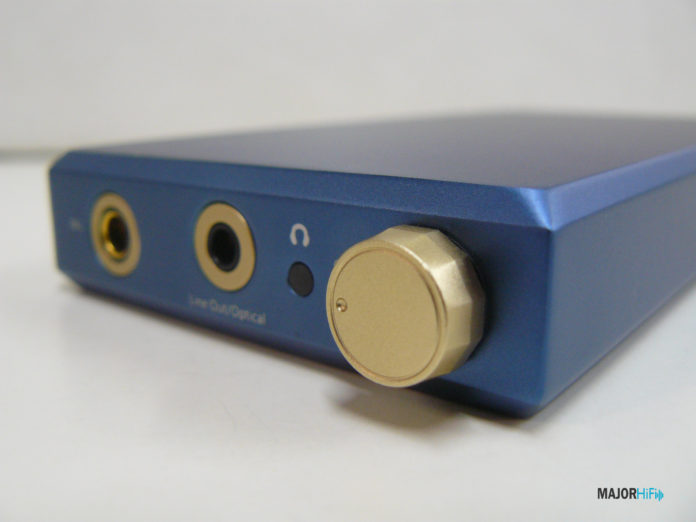There are many portable DAC’s out there, and they come in all different shapes and sizes. We’ve gone from talking about the more high-end portable DACs from iFi’s micro IDSD line to smaller USB type C mini-adapters for smartphones and modern laptops. Each issue has a set purpose and can come in at a variety of prices. It’s time to introduce a new player in the portable DAC game, Dethonray. This is a relatively new brand that has started making waves with its new model, the Honey H1. This new portable DAC has received quite the hype recently, so I’m excited to see what this brand can offer.
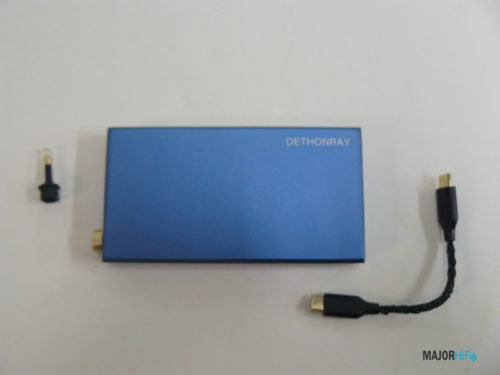
What You Get
The Honey H1 comes in a rather small package only containing the bare essentials. Other than the DAC/amp itself, the only other accessories you’ll find are its dual-ended USB-C cable and a SPDIF adapter.
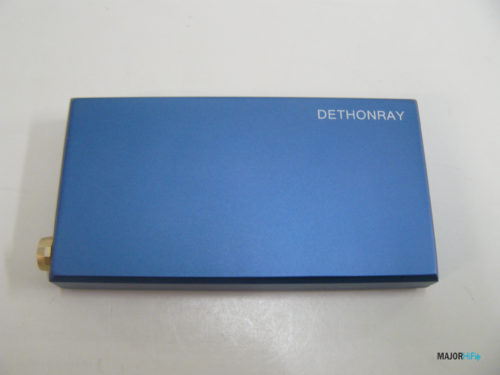
Build
Dethonray presents a very sleek device. For a portable DAC/amp, the Honey H1 is quite slim, and about the size of your smartphone. The chassis is made up of sandblasted CNC aluminum and features a blue finish that’s definitely pleasing to the eye. The design is simple but still appears expertly crafted and durable. When carrying it around with you, the device feels solid and properly refined.
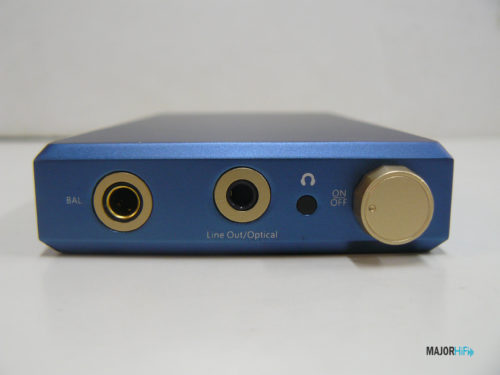
Ins and Outs
On the front of the device, you’ll find two selections of headphone connectors. To the left is a 4.4mm jack for a balanced connection, and a 3.5mm jack on the right which also acts as your optical connection. Next, you’ll find the volume knob, which I found was the one weakness of this build. Firstly, it uses a considerable amount of room to even turn the device on, and when you do, the rising gain isn’t very clean. My unit jumped in amplitude very suddenly, and while I was given a powerful signal through both connections I never thought I was in much control of the volume.
On the rear of the Honey H1 are two USB-C connectors. One is for the DAC, and the other is to charge the battery. These outputs power the performance quite a bit and are also suitable for the portable lifestyle. Charging the Honey H1 to full battery only takes around three hours, with even less time still powering the device for a sufficient amount of time.
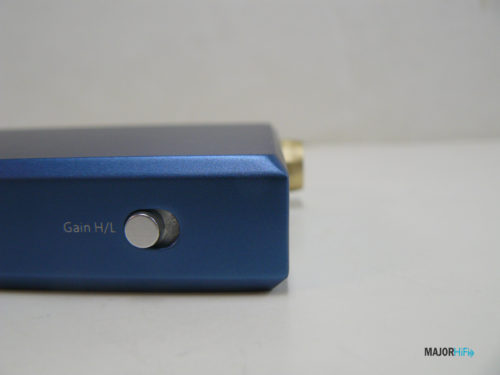
Design
Inside the Honey H1 is an AKM4497 chipset for enhanced sound quality and clear layers. Dethonray has constructed various components and acoustical designs that aim to deliver a more complete sound. The company has made it clear that IEMs were the main focus of this architecture, but the Honey H1 can also drive power-hungry headphones as well. For instance, a 250 Ohm headphone like the Beyerdynamic DT1990 should be driven sufficiently with the Honey. IEMs are mainly recommended, but not exclusive.
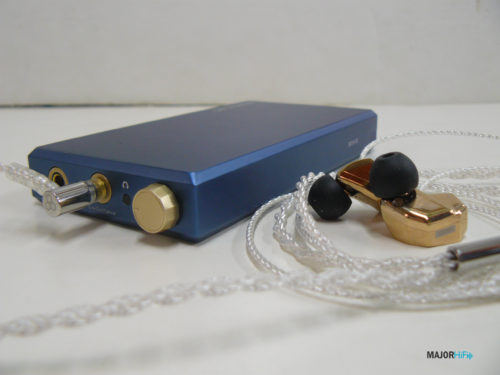
Sound Quality
Learning that the Honey H1 had an IEM focus, I mainly used IEMs for my testing. Earphones are never very hard to drive, but can sometimes appear thin when connecting to some single-ended headphone jacks, so DAC/amps help fill out the sound for me. This is where the Honey H1 is going to come in handy the most. The most common attribute this model brings is its ability to fill in missed information, sometimes in rather extravagant ways. From my experience, the main goal of the Honey H1 was coloration.
In my testing, I found that the low and high mids were the main culprit here, providing warmth and texture. The imaging is also brought more forward, but it also noticeably tightens the width of the soundstage too. There’s also a special feature to this device that I have yet to mention, and that’s the Po/Lo and gain switches. This helps the Honey H1 match the proper gain of your smartphone or analog connection. The IEMs I used to test the Honey H1 were the Kinera Norn, Meze Rai Penta, and the Final Audio B1.
Kinera Norn
If you’re familiar with the Norn, the brightness of the timbre is its main characteristic and the Honey H1 highlights it even more. A significant amount of gain is brought to this sometimes piercing treble, delivering a heightened sense of accentuation with worked for me in very specific instances but proved to be just too harsh even for someone who likes that kind of frequency response. The best quality shown with the Kinera Norn is the filling out of the thinner elements in the timbre. Instruments appeared more properly realized, especially in the low mids, where there’s a lot more kick to the overall tonality.
Meze Rai Penta
This was the most high-end selection that I tested, and my experiences with the pairing ended up being very promising. The Rai Penta already has an extremely well-balanced and clean timbre with enough texture to boot. However, this ended up being the perfect pairing, as the subtle details and characteristics of the Rai Penta were brought more to the forefront of the image. It made the resolution here undeniable, as the bass was able to resonate with a bit more thickness and even delve a bit into the sub-bass for a more lively response. This is where the Honey H1 was at its best, adding a fun quality to an otherwise more varied timbre.
Final Audio B1
Naturally, the B1 to me is a more spacious soundstage, and thankfully the Honey H1 didn’t take too much of that away. Some of the height is chopped off to create a more central and focused image, but not much is sacrificed in terms of separation or layering. With the timbre, the B1’s many qualities appear lusher and filled out. Like the rest of the IEMs I tested, the B1 also had a more noticeable spice to it, bringing forth a more energetic sound signature.
Summary
When I initially started testing the Honey H1, I was nervous about its capabilities. However, when I started delving into the sound, I started to like it a lot more. Some of the user experience is a bit iffy, but when it comes down to the most important aspects of the sound, the Honey H1 soars. It brings a considerable amount of energy to a host of IEMs and highlights a pleasing amount of details. At $699 it stands its ground with the likes of other DAC/amps within its price range.
Pros and Cons
Pros: Build quality, Sleek design, Colorful sound quality
Cons: Volume knob
The Dethonray Honey H1 is avaialble at Audio46.
MAJORHIFI may receive commissions from retail offers.


